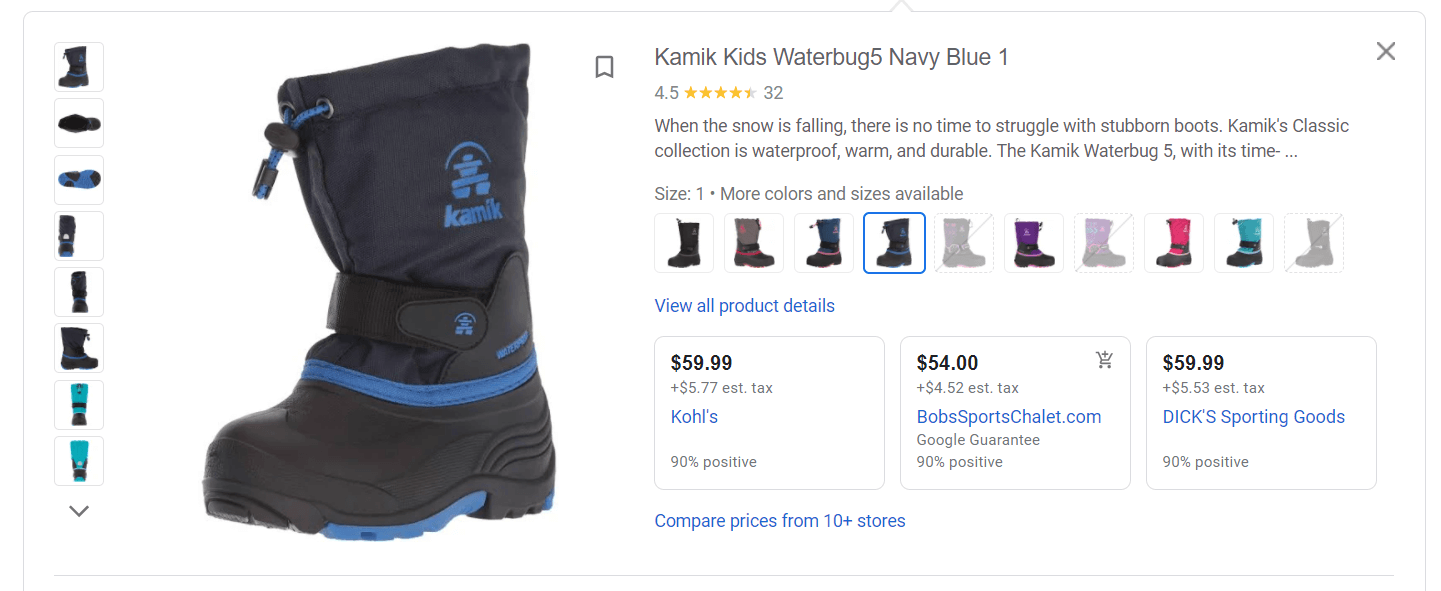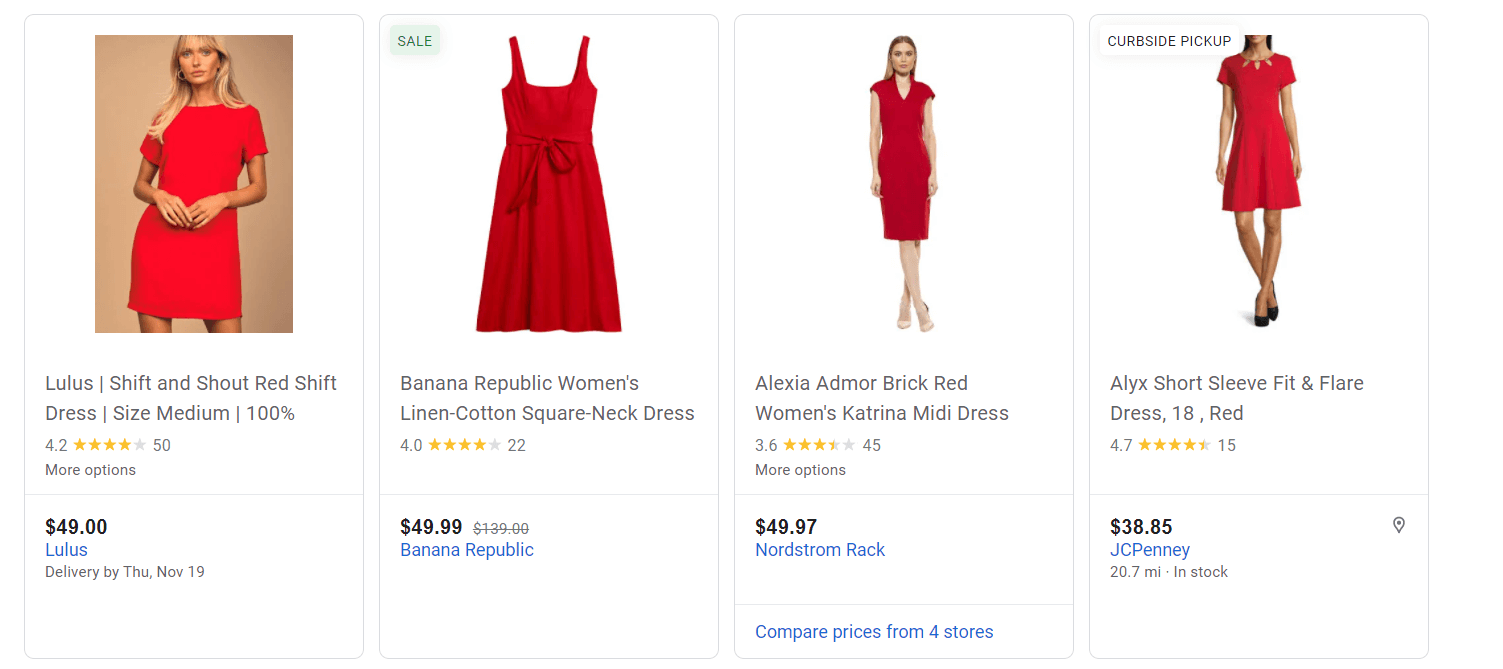How Your Brand Can Stand Out on Google Shopping
It’s not easy to stand out on Google Shopping, especially when you’re relying on organic traffic. These strategies will help boost your brand’s visibility.
 Google Shopping Guide
Google Shopping Guide
It’s not easy to stand out on Google Shopping, especially when you’re relying on organic traffic. These strategies will help boost your brand’s visibility.
Get even more from Google Shopping with Yotpo's official integration.
As shoppers increasingly shift to shopping online, there’s still a clear gap between the products people are looking for and the products that are discoverable online. By listing their products on Google Shopping, businesses can gain new exposure to the millions of shoppers looking to buy online.
With lower barriers to entry for brands that want to list their products on Google, it’s essential for brands to leverage reviews and user-generated content to stand out from the crowd and build consumer confidence during the all-important discovery stage.
Brands that add reviews to their Google Shopping Ads see up to a 24% increase in CTR. And, having just 100 reviews on a product page on your site can more than double conversion rates on that product.
By providing shoppers with influential social proof, like reviews, star ratings, user-generated photos, and more, brands can:
In order to be able to list the star rating, there must be at least 3 published reviews of the product and a minimum of 50 eligible reviews across all of your brand’s products. So, it’s important to ensure you’re generating sufficient reviews and capitalizing on the benefits of Google Shopping merchant ratings.
If you aren’t already, now is the time to make sure you’re sharing your product reviews with Google via a Google Trusted Reviews Partner, like Yotpo. Our partnership with Google allows brands to feature star ratings, reviews, and Yotpo-generated customer photos in their Google Shopping Ads and Google Shopping Product Listings. Just ensure your brand’s product catalog in Yotpo contains the same identifiers as in your Google Product Listing feed, like GTIN or MPN & Brand.

If you want your product listings to stand out, use these strategies when creating your feeds. These tips work for both organic and sponsored listings.
You have 150 characters for your title, and you should use as many of them as you can. Include the most important details and any keywords a user may be searching for. Make sure the most important info is in the first half of the title to account for differences in screen size, including the brand name.

Descriptions can be up to 5,000 characters, but you want to get the most important details into the first 200 characters, before a consumer has to click to view the rest of the description. Include any special features that set your brand or product apart from the rest, like ingredients, benefits, or special attributes.

Any images used on Google Shopping should be of the highest quality. You want to showcase your product in the best possible light, right? In Google Merchant Center, you can run your images through automatic image improvement. This will ensure that your image meets all the necessary requirements for your product feed. You can also add additional images to your product listings, which is helpful for products that are well served by views from multiple angles or that feature variations in attributes like color or size.

The more you can do to make your products stand out on the page, the better. Adding banners like “sale,” “curbside pickup,” “20% off,” and “price drop” will draw the user’s eye to your product, even in a sea of red dresses.

If your customers aren’t searching for your products on Amazon, they are likely doing it on Google. It’s important to meet consumers where they are, and listing your product feed on Google Shopping is a great way to do that. And once you start to see some traction, you can use the insights you gain to power Google Shopping Ads to convert those browsers into loyal customers and brand advocates.
Your information will be treated in accordance with our Privacy Policy

This will take just a moment…We're finding the right person on our team to help your brand!
“Yotpo is a fundamental part of our recommended tech stack.”
 Laura Doonin, Commercial Director
Laura Doonin, Commercial Director










 Join a free demo, personalized to fit your needs
Join a free demo, personalized to fit your needs